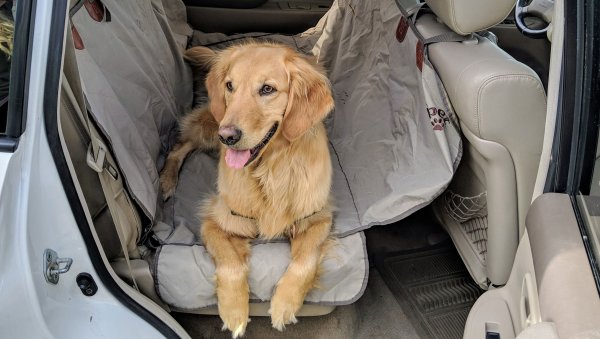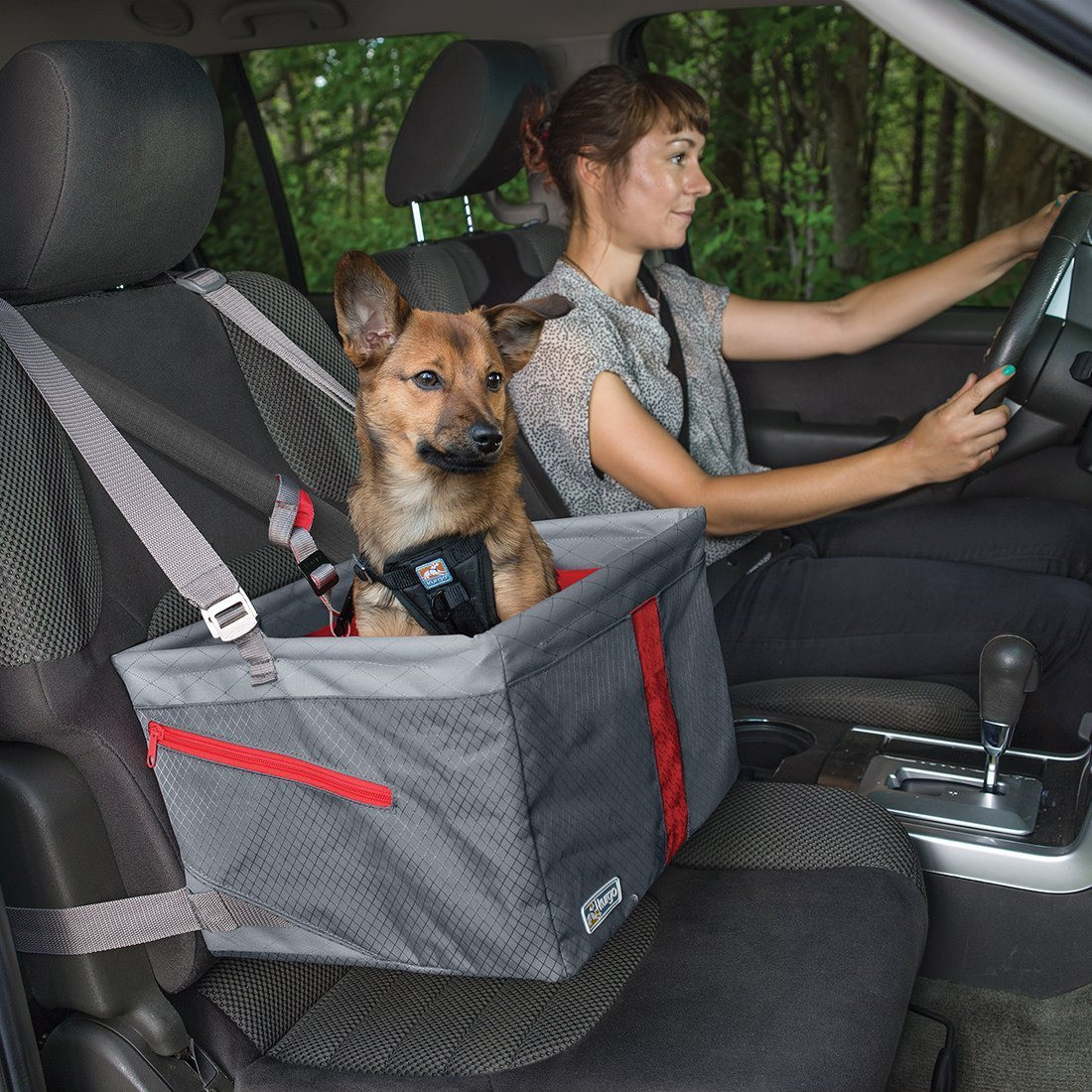Let's say I have a race of humanoids (bipedal, roughly human proportions) that have tails like felines/canines. I'm trying to figure out how they would design seating...
Assumptions:
- Like cats/dogs, they can bend their tail close to 90° right at the base.
- Like humans (but this is true of dogs, also!), they "sit" by resting their weight on their haunches.
- Sitting "on" their tail (i.e. brought forward between their legs) is quite uncomfortable, and possibly not safe.
- Sitting with their tail "stuck" to one side is annoying; they want to be able to move it to their other side, or let it "hang out", without getting up.
- Similarly, sitting in a way that they can't bring their tail in to curl against a leg is annoying.
- Tail lengths vary; on a "typical" chair, the tip may not quite reach the ground, or nearly two thirds of the tail may be on the floor.
- Their tails are flexible enough that, if they are sitting with their tailed tucked along a leg, on a chair that is open about the width of their body, they can "swoosh" their tail into the gap until it is fully "behind" the chair, and can reverse this action.
Given that they would design seats to overcome these limitations, what would they look like?
For chairs, they would just have a gap between the seat and back, with supports on the sides or set back enough to allow them to shift their tails over the support while seated. (The seat might also be "notched" a bit in back.) Alternatively, for casual seating, they might prefer cushions, a la the Orians from The Stars at War series.
But... I'm particularly interested in figuring out vehicle seats. "Bucket" seats that have open space behind them can probably follow similar design principles, but what about the more bench-like seats in the backs of cars? Could they have anything similar? If so, how would these seats need to be modified to accommodate tails? What about the seat belts / safety harnesses; would those need modification? What about "booster seats" for younger individuals that don't fit in the adult-sized seats?
(...or, they might use "seats" that look totally different? However, any "seat" whereupon they rest their abdomens would be a problem for individuals that are pregnant, especially when talking about vehicle seats. Also, they need to be able to fasten whatever safety restraint system is in use without assistance; stuff that fastens behind them is going to be awkward at best.)
(This is similar to, but not the same as, What would a chair for a Human with a Tail look like?.)
Please note that I have already speculated that their seats might look nothing like seats made for humans. I've also speculated why they would. Comments along these lines that don't come with suggestions for seating design or at least details beyond vague hand-waving are not helpful. The specific thrust of the question has plot relevance to my story. Explanation of the physiological working of my creatures' anatomy not; questions along those lines that don't come with suggested answers will be referred to Bellisario's Maxim and/or The MST3K Mantra, or at least a different WB question.











